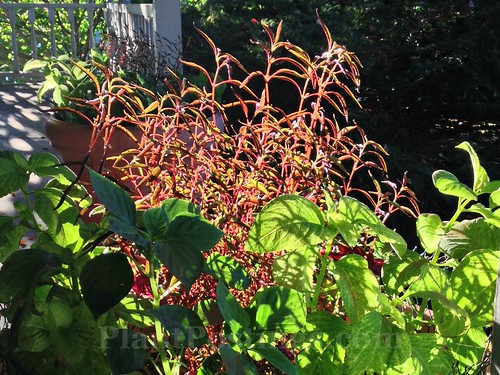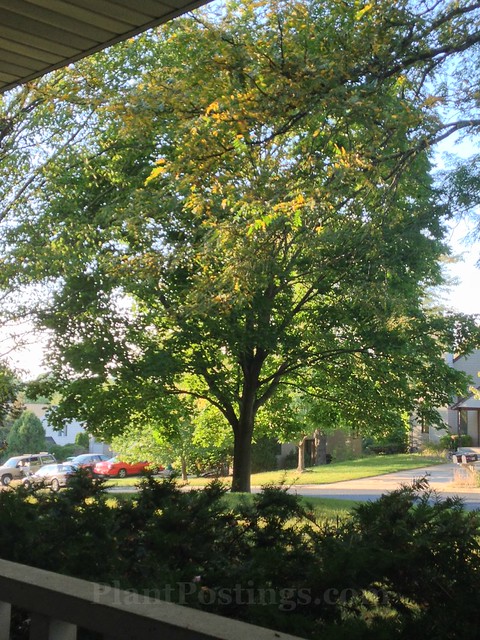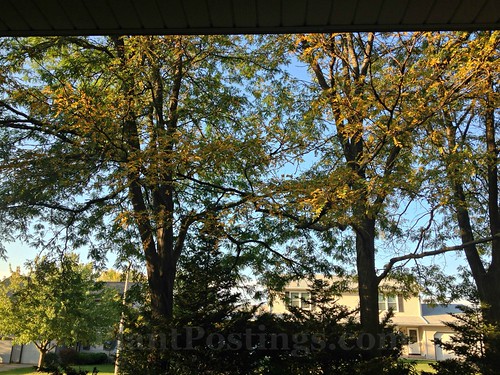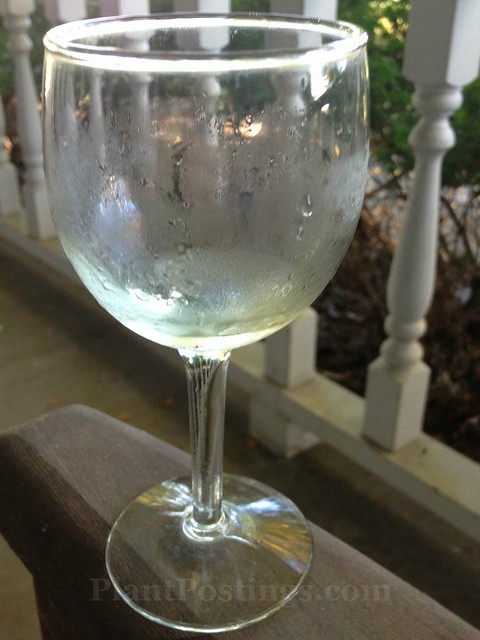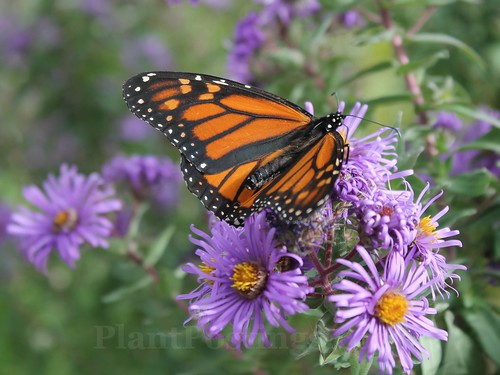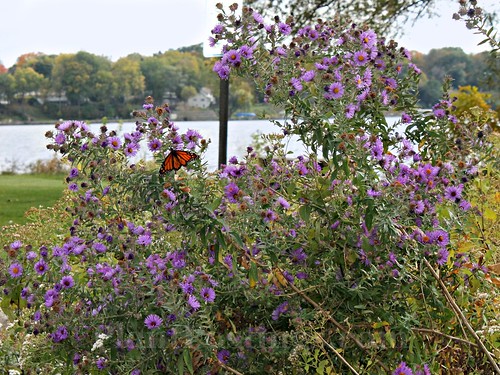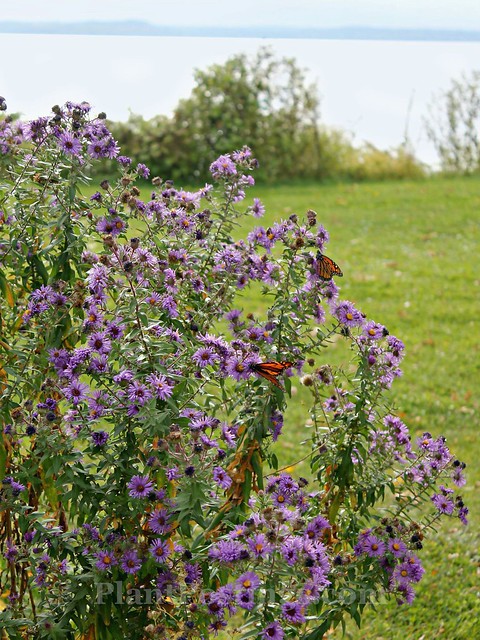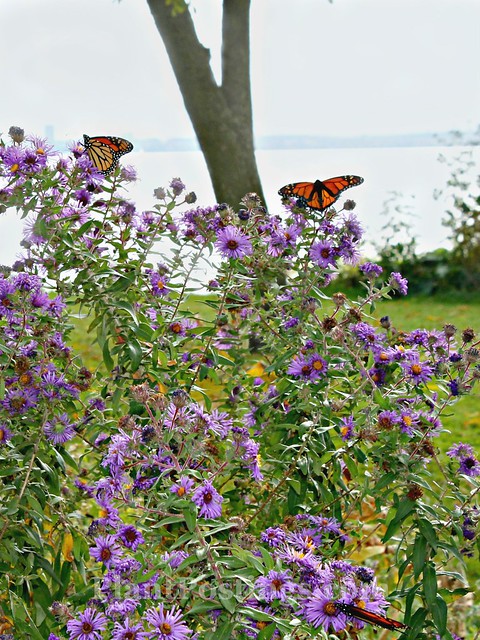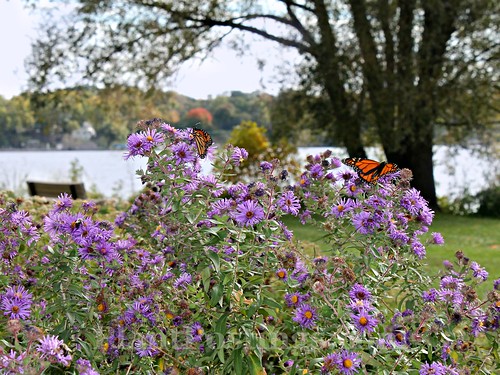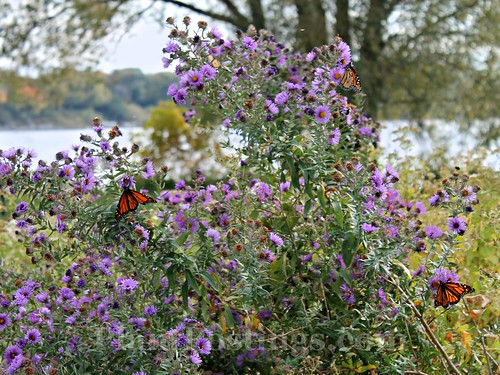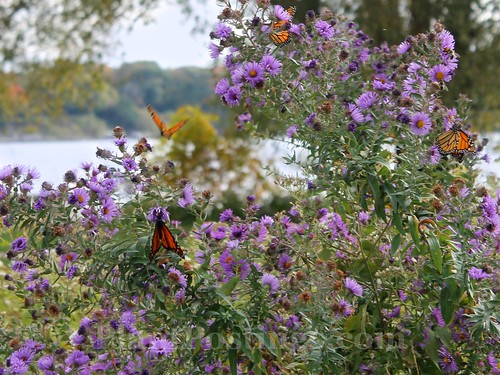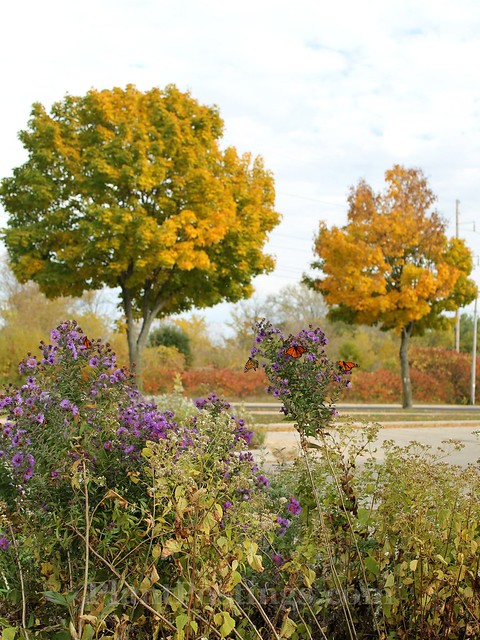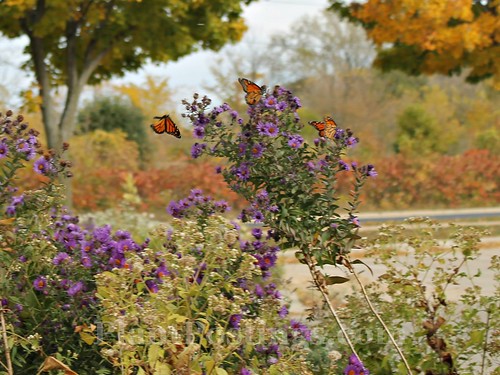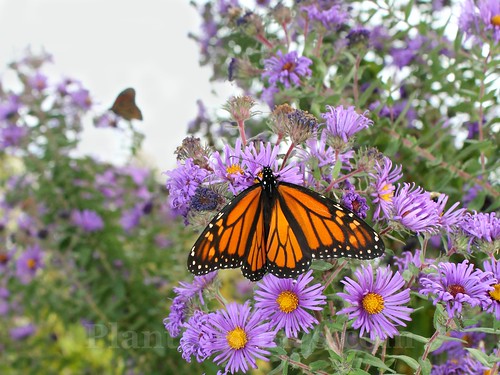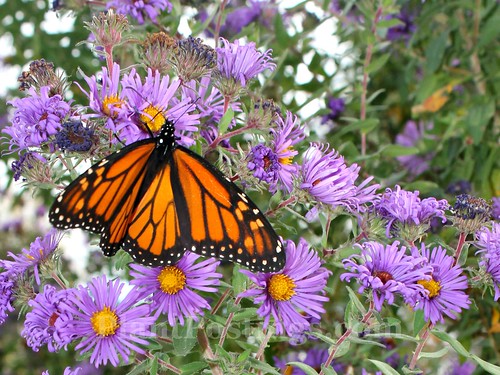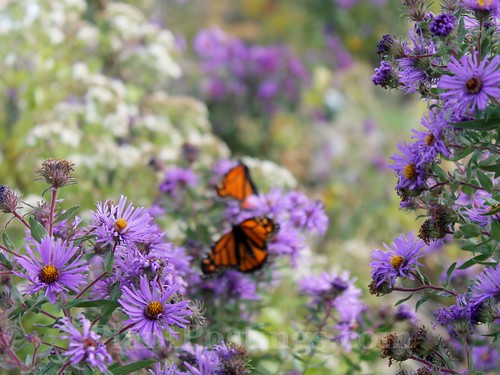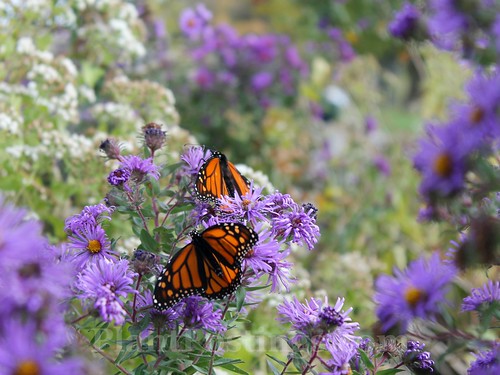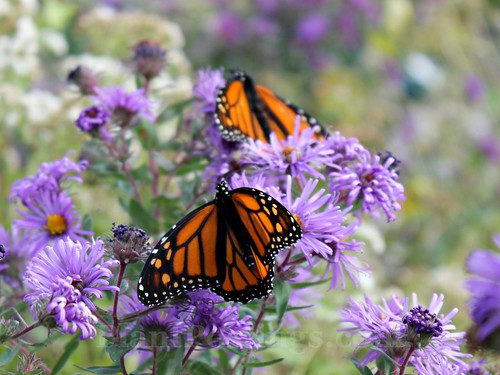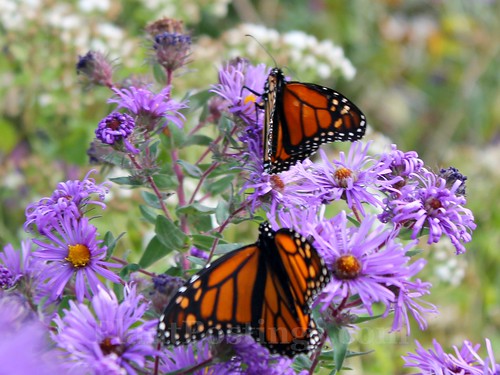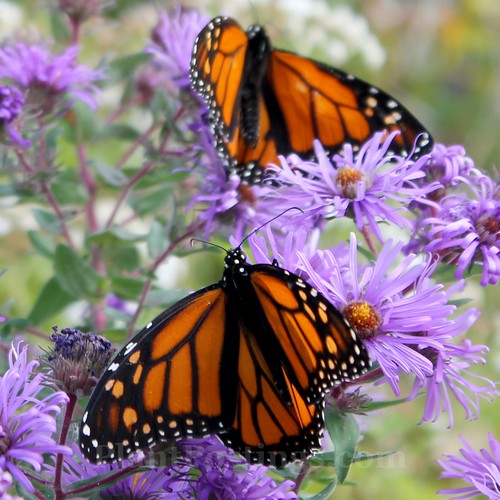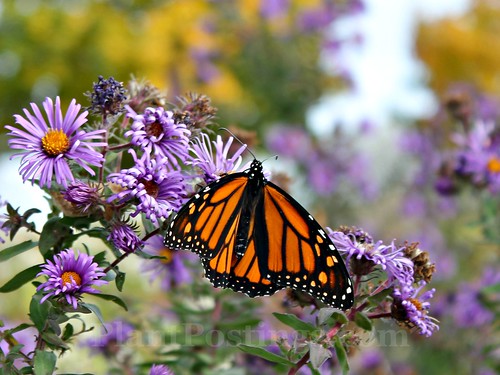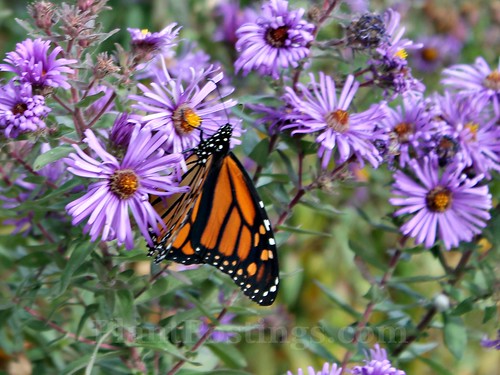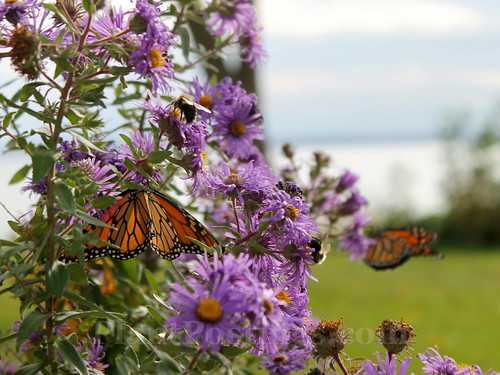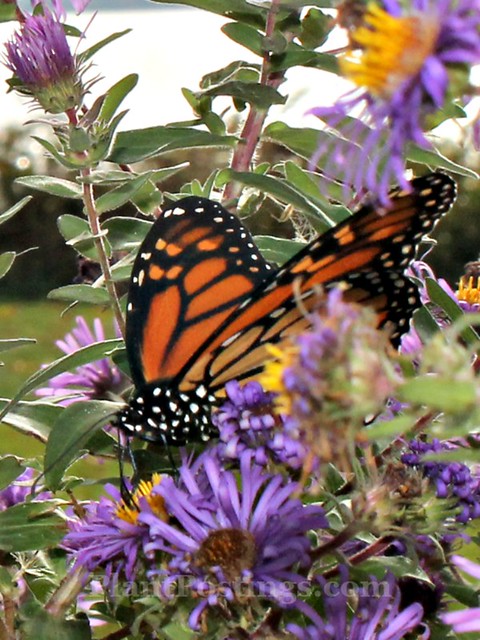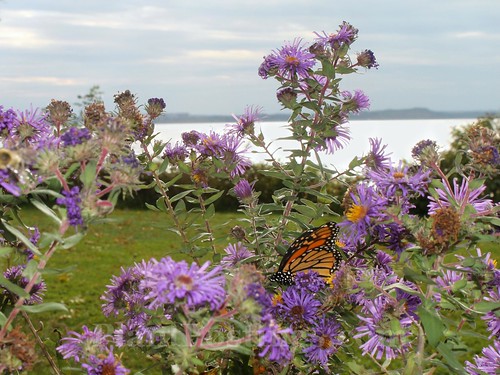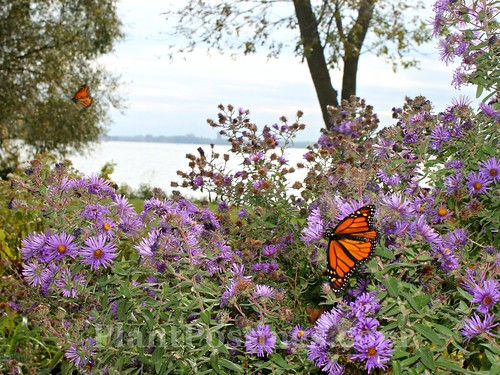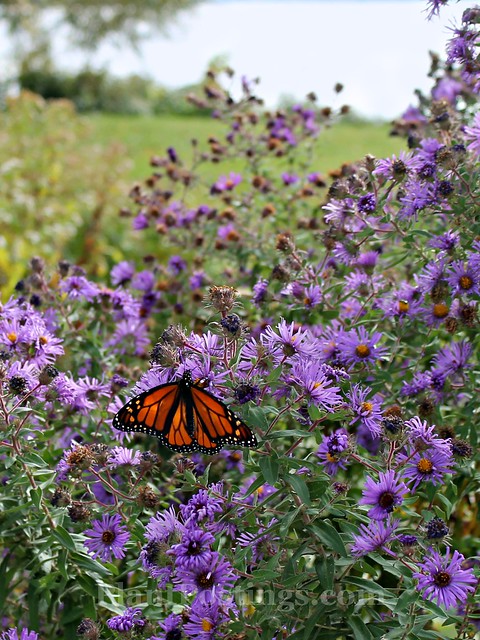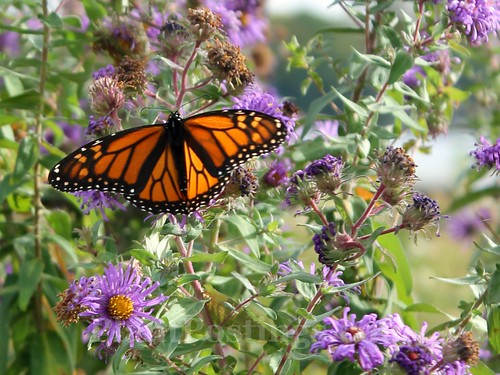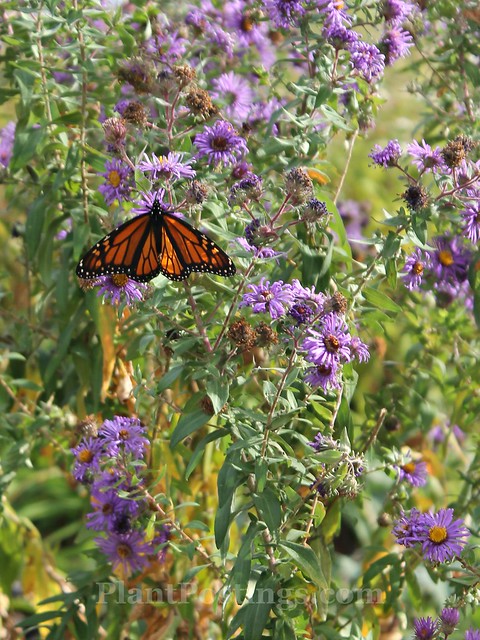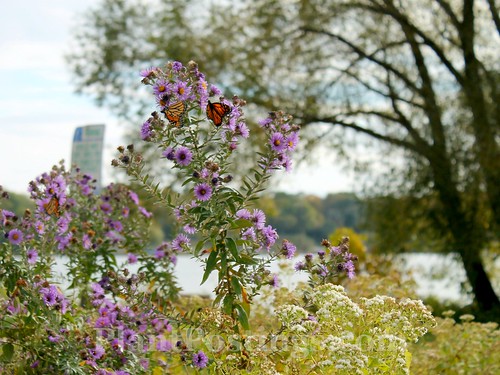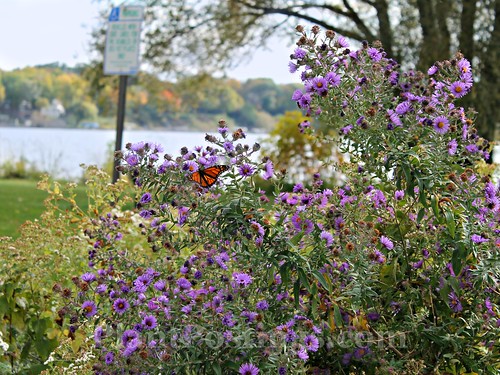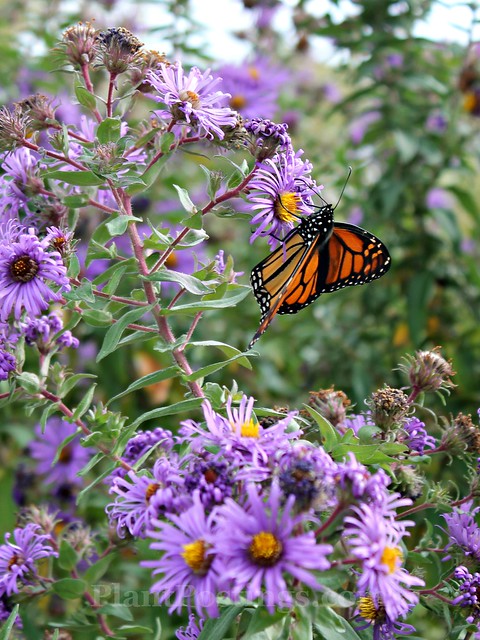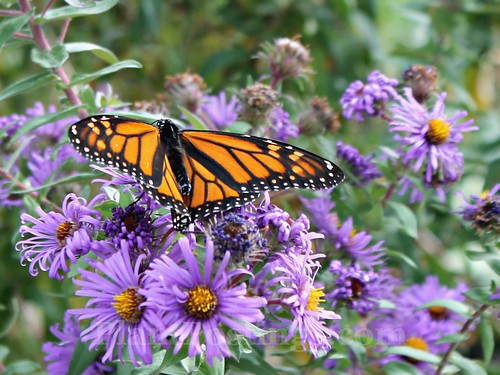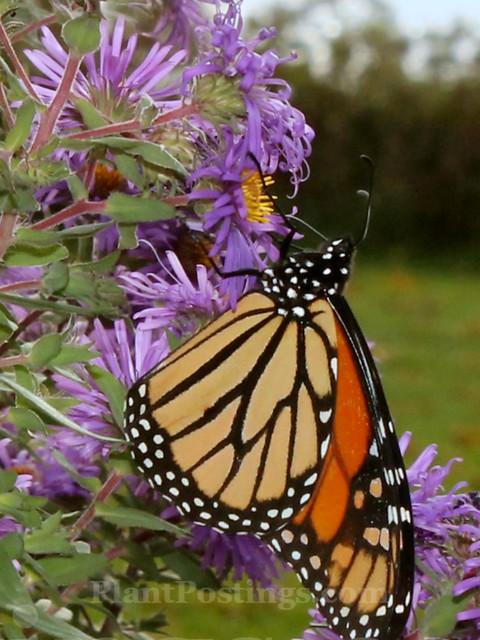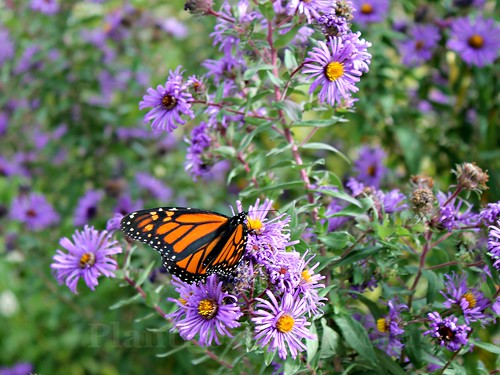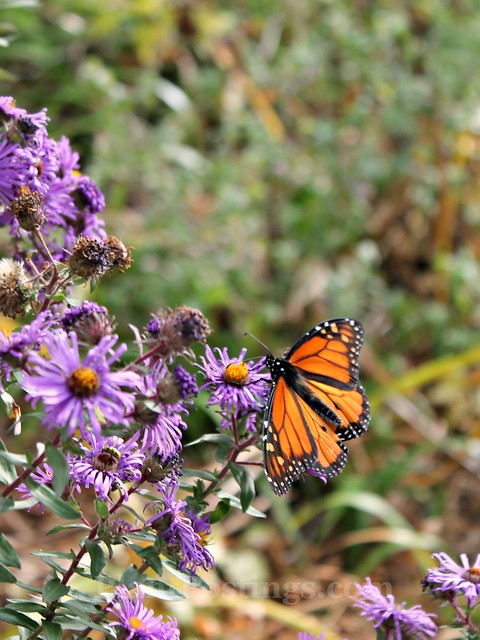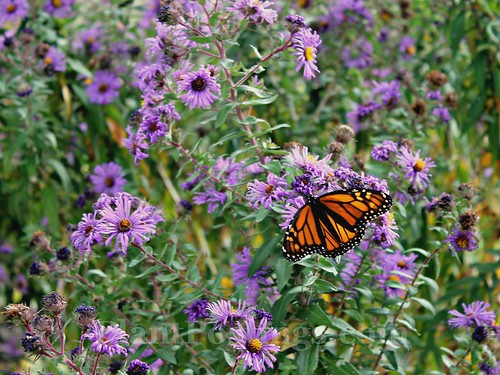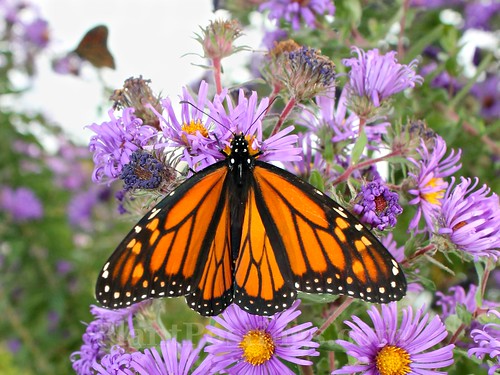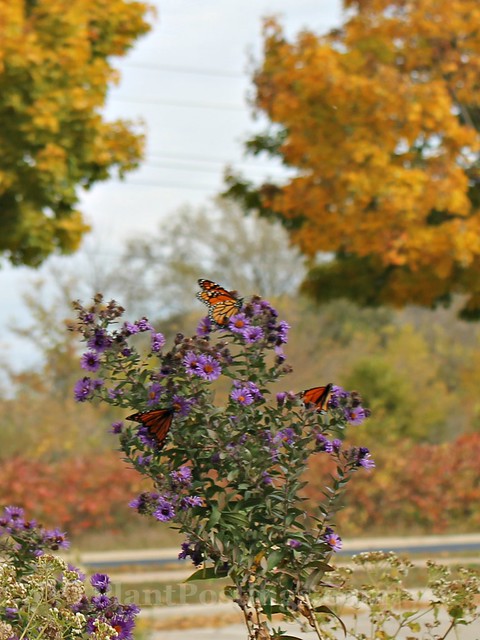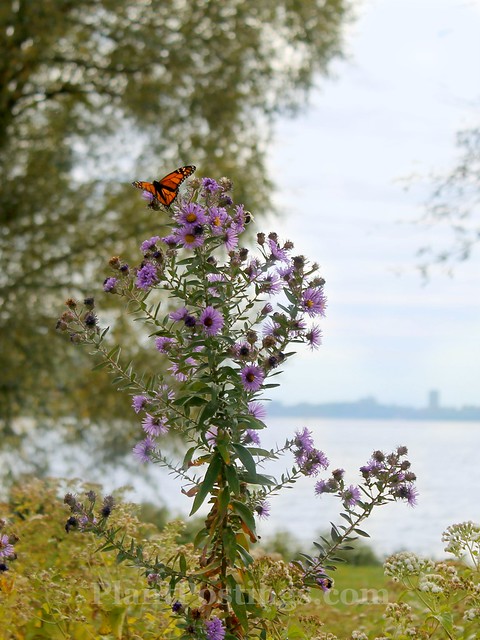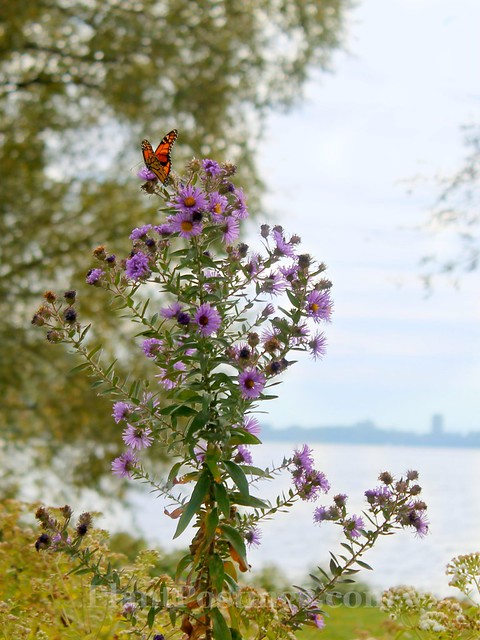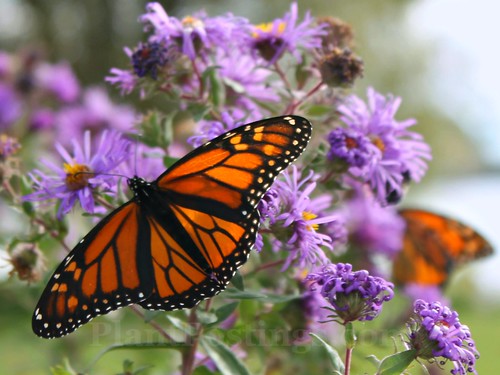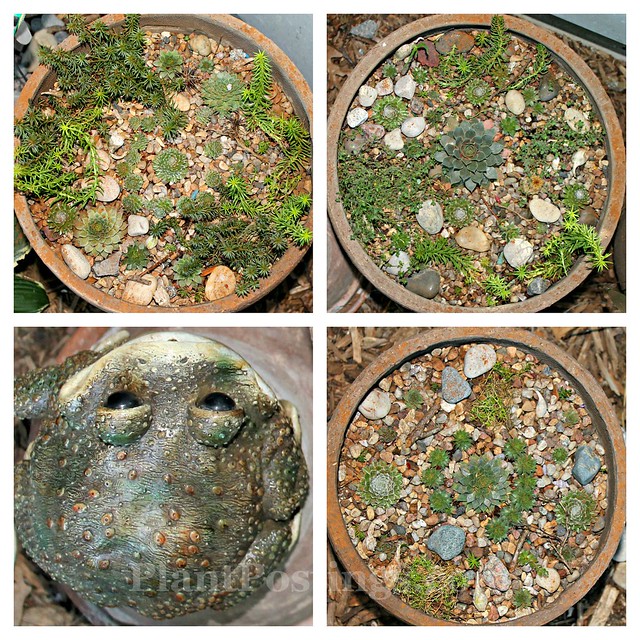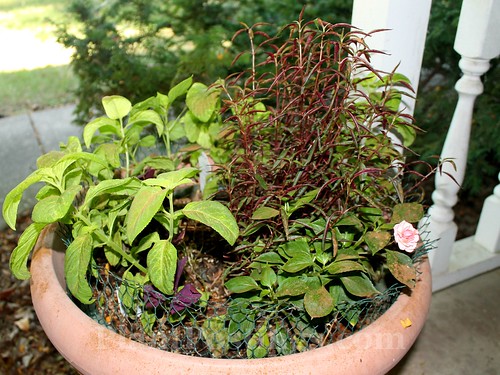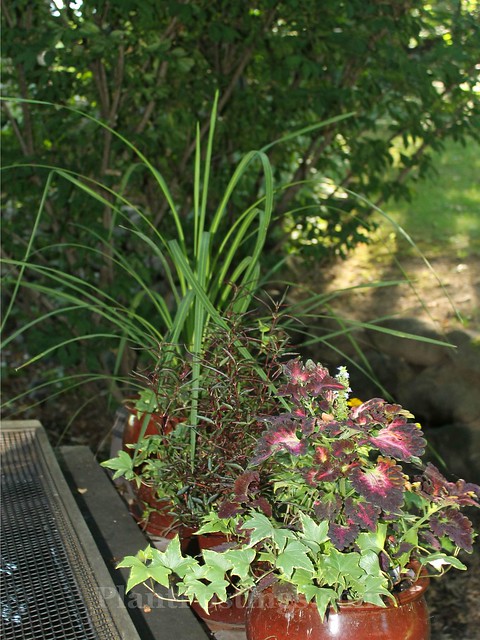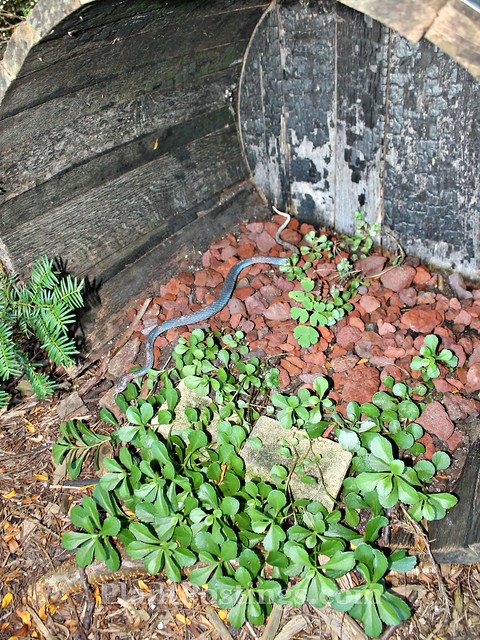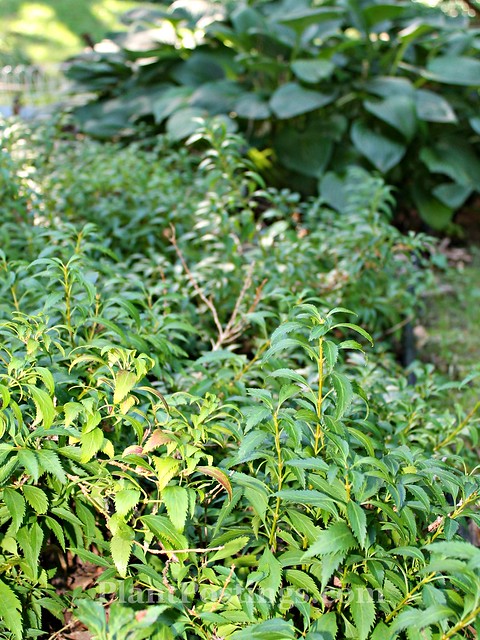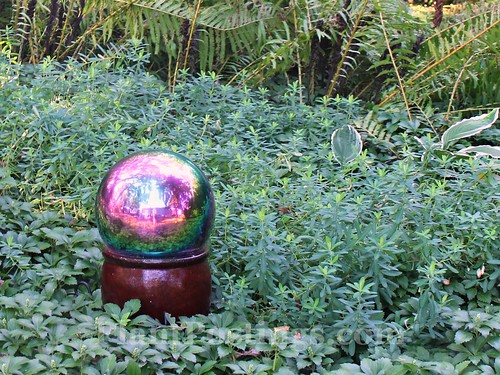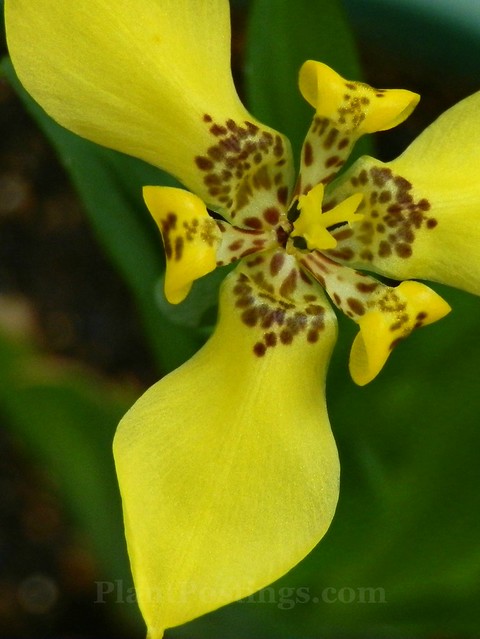
Some of the greatest joys of having gardening and blogging friends are scenes like this:

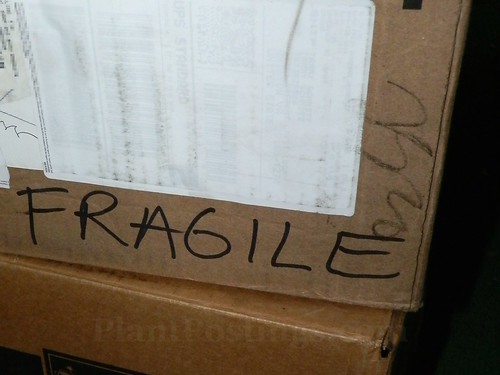
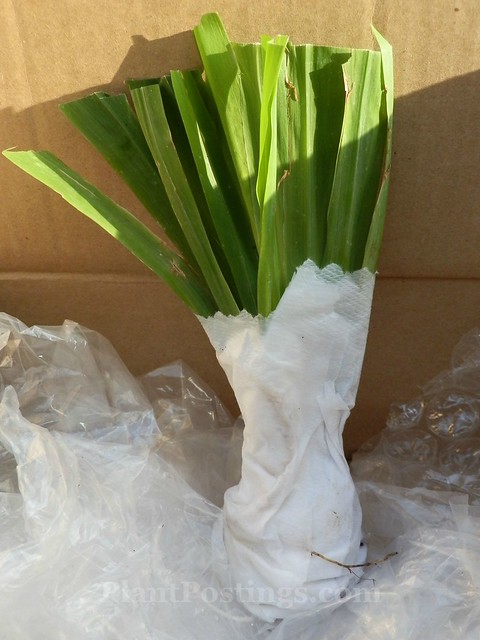
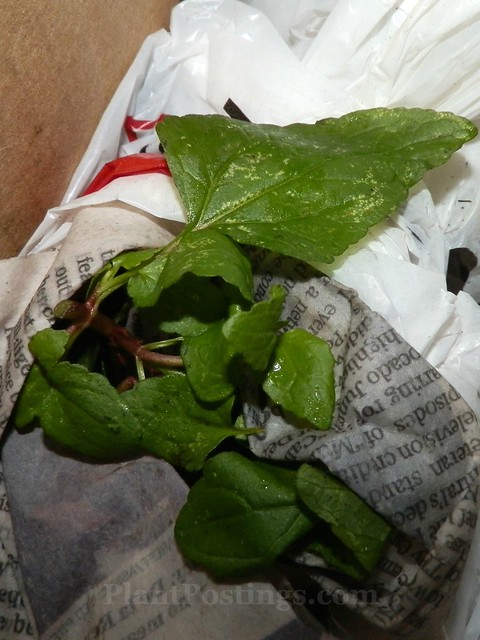
When you plant-swap and garden-share, it's as much fun to give as it is to receive, of course. But that exciting day when the plant package arrives is definitely a high point.
Over the years, I've plant-swapped with many friends. In this post, I'm highlighting two plants I received several months ago from generous benefactors. I've watched these plants now for enough time to adequately report on their progress in the garden.
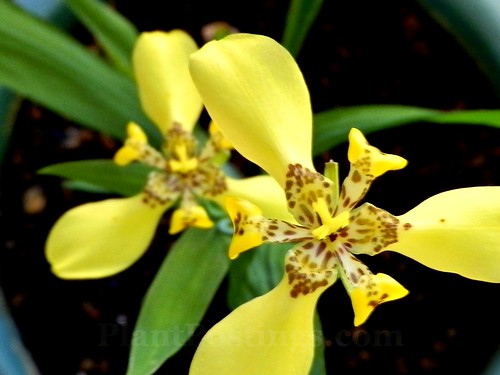
The first plant is a yellow Walking Iris (
Neomarica longifolia), a plant native to southeastern Brazil where, according to
The Pacific Bulb Society, it grows in light shade in the Atlantic Forest. This plant is hardy to USDA zone 10 (or 8 or 9 in microclimates).
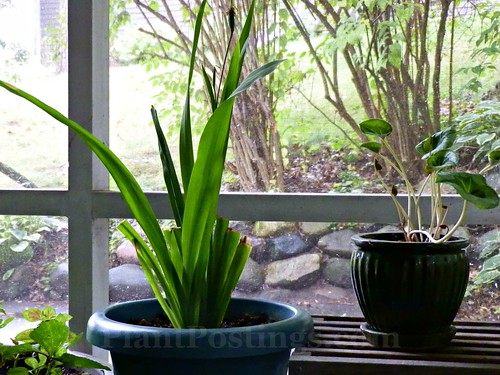
It's been very happy this summer on the southeast corner of my screen porch, where it gets bright morning sun and indirect afternoon light.
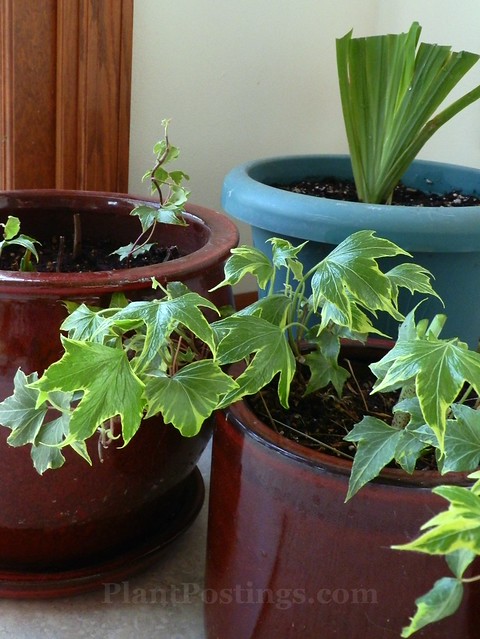
I'll bring the Walking Iris into the partially heated sunroom at the first sign of frost. That's where it lived the first few weeks after I received it in early spring.
Imagine the excitement of seeing it bud for the first time, and then watching each flower bloom in stages over the course of a few hours.
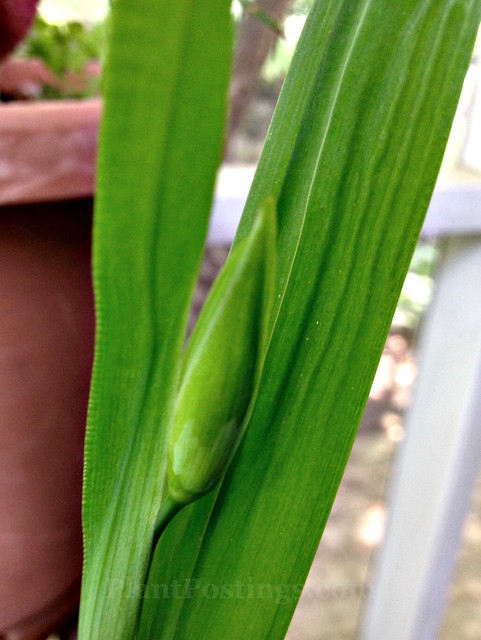
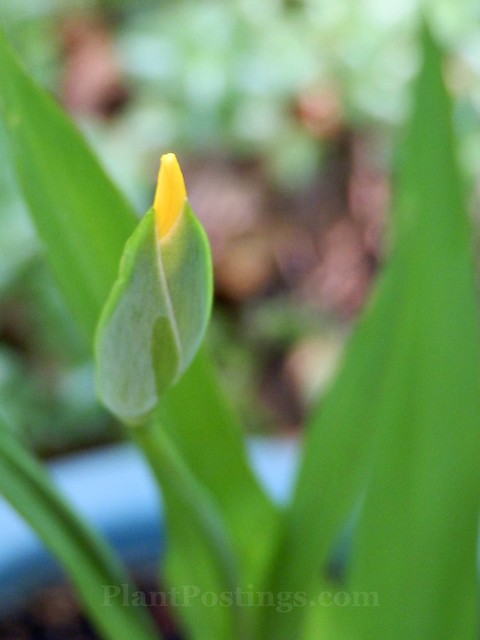
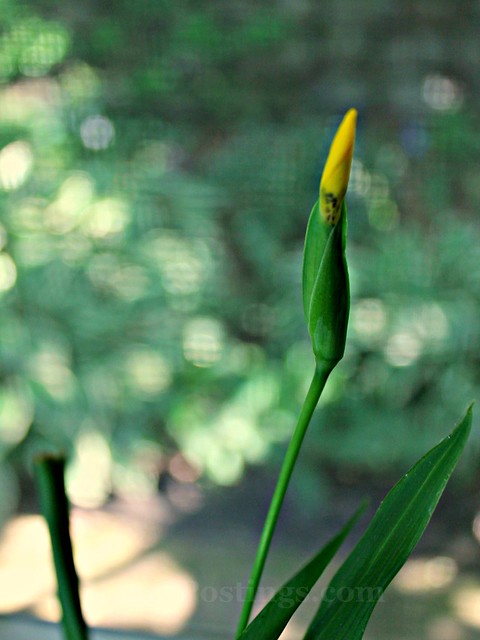
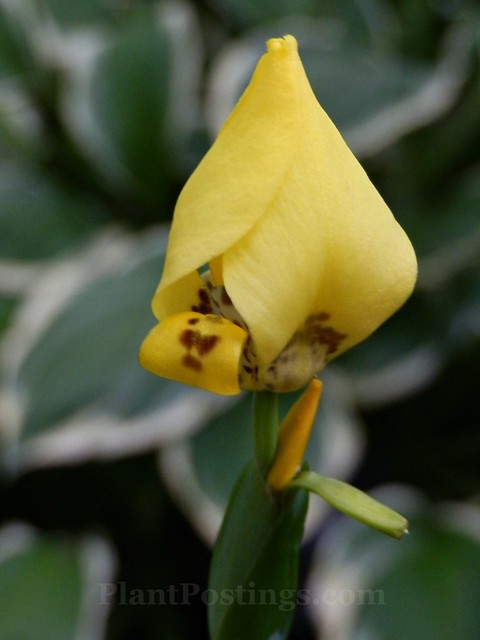
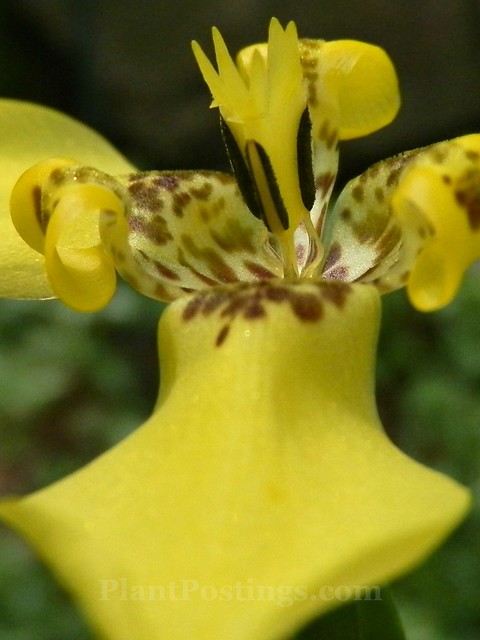
Each bloom lasts only several hours, so it's easy to miss. Fortunately, the plant puts out new blooms for weeks or months, and then ...
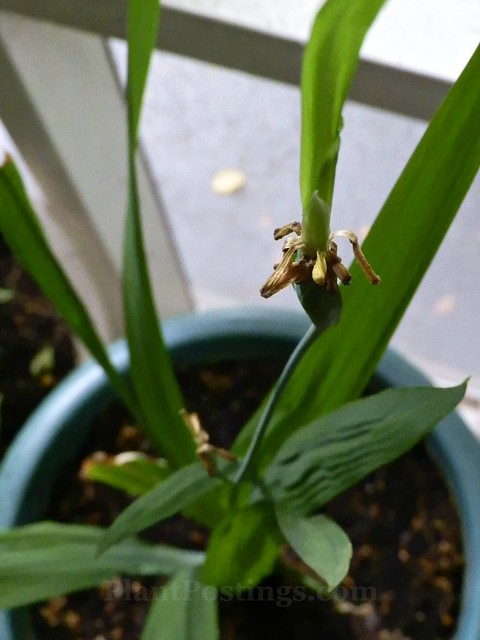
Over time, new "baby" plants form from the mother plant, then bend down, and "walk" into the surrounding soil. Hence the name "Walking Iris."
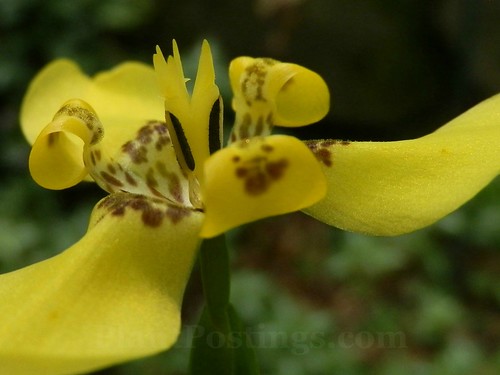
This is a stunning bloomer, and one of the easiest potted plants I've had. It enjoys moist soil and partial shade. The donor of this plant prefers to remain an anonymous benefactor. I am deeply thankful for the gift, which I'll treasure for years to come.
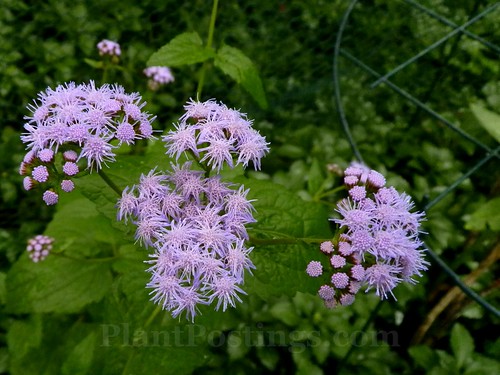
The second plant I'm sharing is Blue Mistflower (
Conoclinium coelestinum), which is native to most of eastern and central North America. I purchased several of these plants, and then Tammy at
Casa Mariposa helped increase my collection by sending me several starts from her garden.
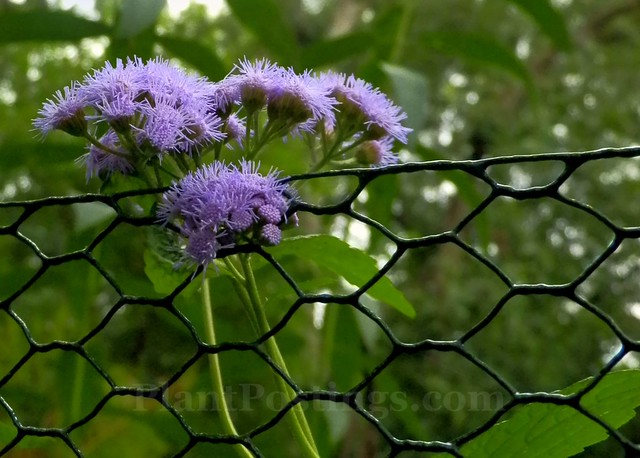
My vision was to have large drifts of them surrounding my Swamp Milkweed (
Asclepias incarnata) patch, but that was before I discovered rabbits will eat Mistflower, along with the Asters and ZigZag Goldenrod I so lovingly planted to provide nectar for butterflies. Mistflower and Goldenrod are listed by many sources as rabbit-resistant. That didn't work in my garden, so I had to put fencing around the area. (Long story. Maybe I'll share it in a future post.)
In any case, if I can keep out the rabbits, the Mistflower will naturalize into a cloud of blue blooms within the next few years. Some sources say it can be a "pest plant," but I don't think that will happen in my garden with all the long-eared "pest animals."
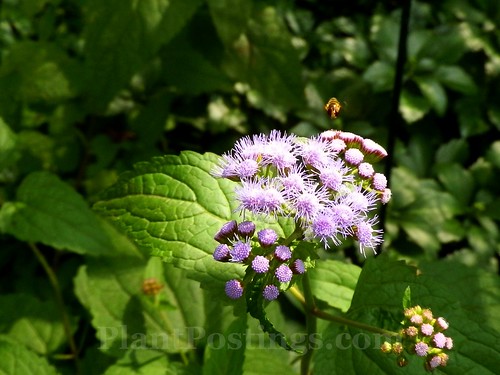
Blue Mistflower grows best in sun and part shade, and prefers moist soil, according to
The Lady Bird Johnson Wildflower Center. It's hardy in USDA zones 5 to 10, blooms in midsummer to first frost, and grows to a height of one to three feet.
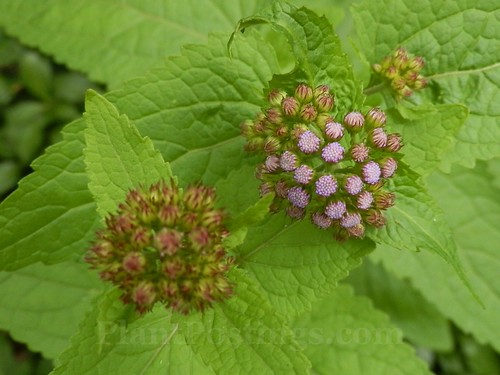
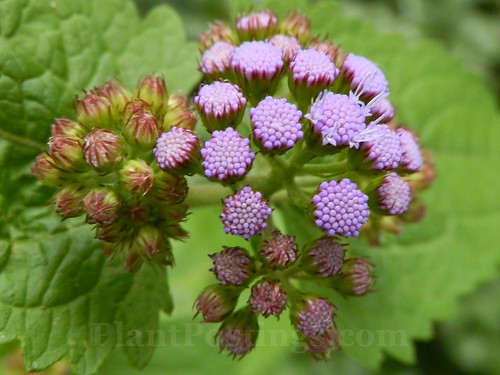
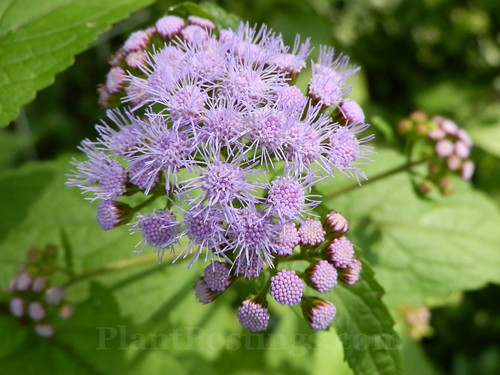
This is a lovely plant, and I'm hoping that adding Alliums around the perimeter will help keep the rabbits away. Then maybe I can get rid of the ugly fencing. I'll let you know next year. Thanks to
Tammy for sharing some of her lovely Blue Mistflower plants!
Stay tuned for more plant-swapping results to come in the next growing season. Do you plant-swap? Any particularly special plants you've shared with or received from friends?
